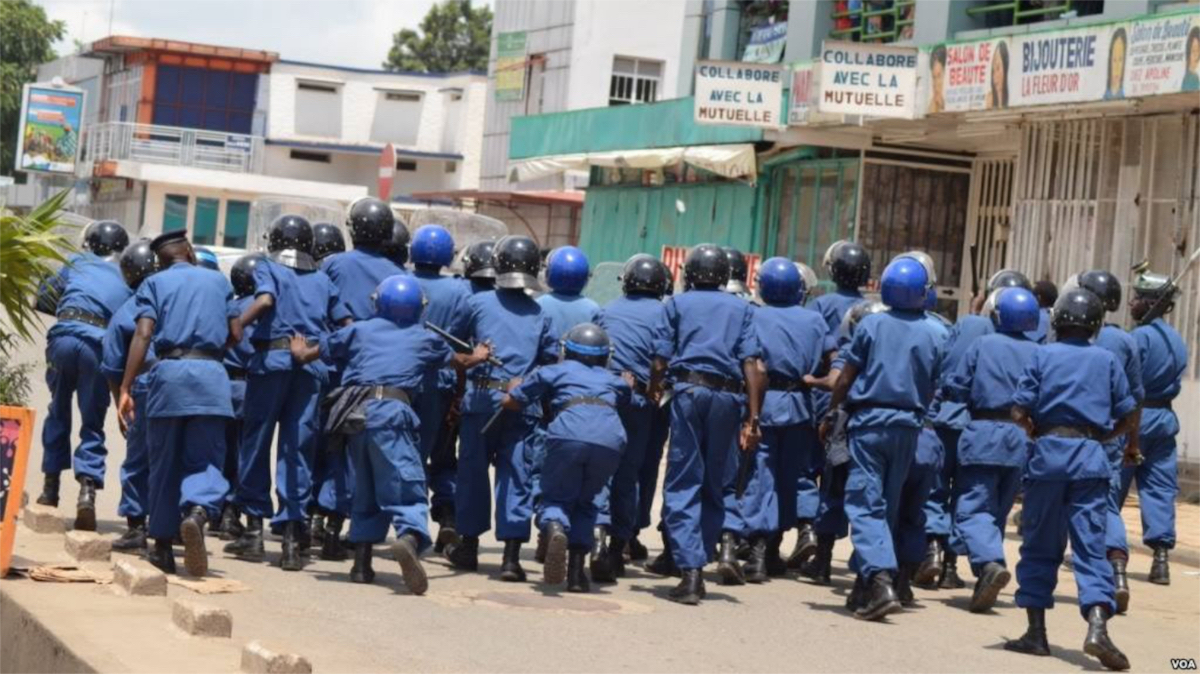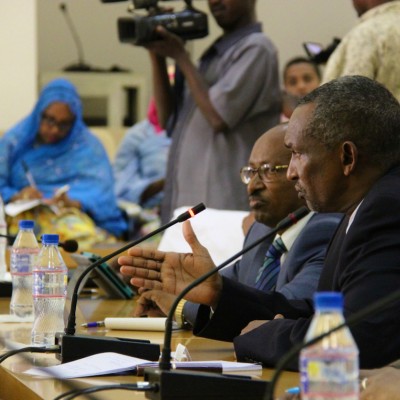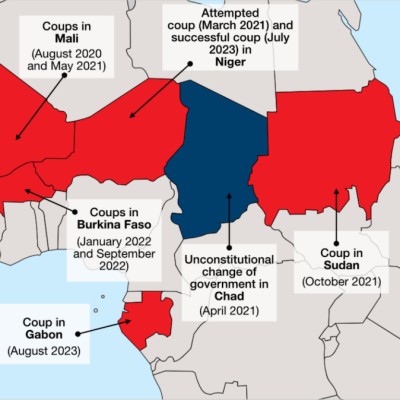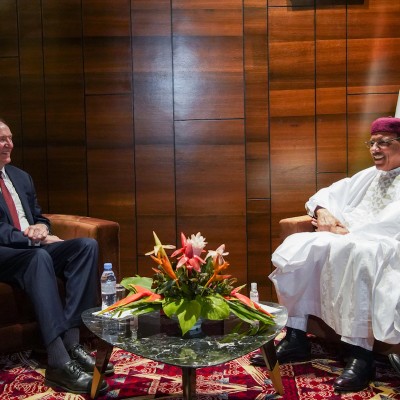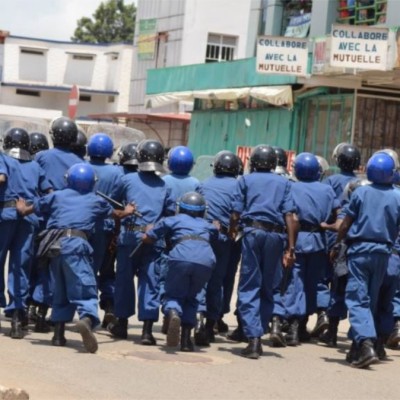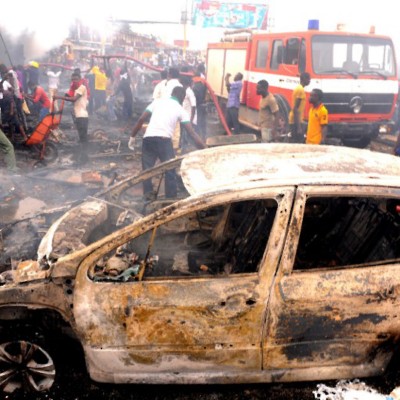Introduction
In recent memory, no single year has catapulted Burundi into the spotlight more than the 20151Stanley Center for Peace and Security (2016) ‘Peace at Risk in Burundi – Again: Beyond the Political Solution’, Reliefweb, July, Available at: (Accessed 15 September 2023). events when demonstrators and mass protesters took to the streets to protest the third term of then-President Pierre Nkurunziza. In the heat of the violent protests, some senior military officials, along with the police attempted a coup on 13 May 2015. Many in the international community and peacebuilding world feared a full-out civil war and a resurgence in sustained acts of violence that would plunge the country into chaos. They raised concerns that these events would seriously affect the peace gains obtained through the use of hard security approaches, such as the involvement of successive African Union (AU) and United Nations (UN) peacekeeping forces, and soft security approaches, such as reforming the security sector and pursuing lasting peace and reconciliation. Despite a political malaise in the aftermath of 2015, the dire predictions for Burundi did not come to pass. Fast forward to 2023, Burundi is charting a new path for lasting peace through truth-telling, reconciliation and transitional justice following cyclic violent conflicts that have victimised thousands of Burundians.
The ongoing peace and reconciliation processes in Burundi have garnered little attention from researchers. Modelled after the South African Truth and Reconciliation Commission (TRC), the Burundi Government instituted a National Truth and Reconciliation Commission (NTRC) in 2014 by presidential decree. Since 2021, the NTRC has carried out investigations into human rights violations committed between 1972 and 1973 and other events surrounding arbitrary arrests, extrajudicial killings, assassinations, and unlawful trials from the 1960s up to 1971.2Burundi News Agency (2022) ‘The CVR focuses on seven dark periods in history leading up to the bloody events of 1972’, Available at: (Accessed 19 September 2023). In addition to the investigations on the 1960s and early 1970s, the NTRC has the general mandate to investigate all gross human rights violations and war crimes perpetrated between 26 February 1985 and 4 December 2008. The Commission is further tasked with establishing both individual and collective responsibility by ordinary citizens and state actors in mass atrocity events. The creation of the NTRC was met with reservation and mixed views from some in the media and political circles in Burundi who feared the Commission would serve the interests of the ruling political elite and not necessarily lead to truth that unites and reconciles. Due to the political crisis in 2015, the programme of the NTRC was temporarily put to a halt and resumed with sustained momentum in 2018. Ever since, the NTRC has been conducting numerous field trips across the country to uncover the truth and aid individuals and communities alike in healing from the deep wounds of the past. The NTRC was tasked with shedding light on pre-colonial and post-colonial events of political violence and how the successive events have contributed to contemporary socio-political dynamics in Burundi.
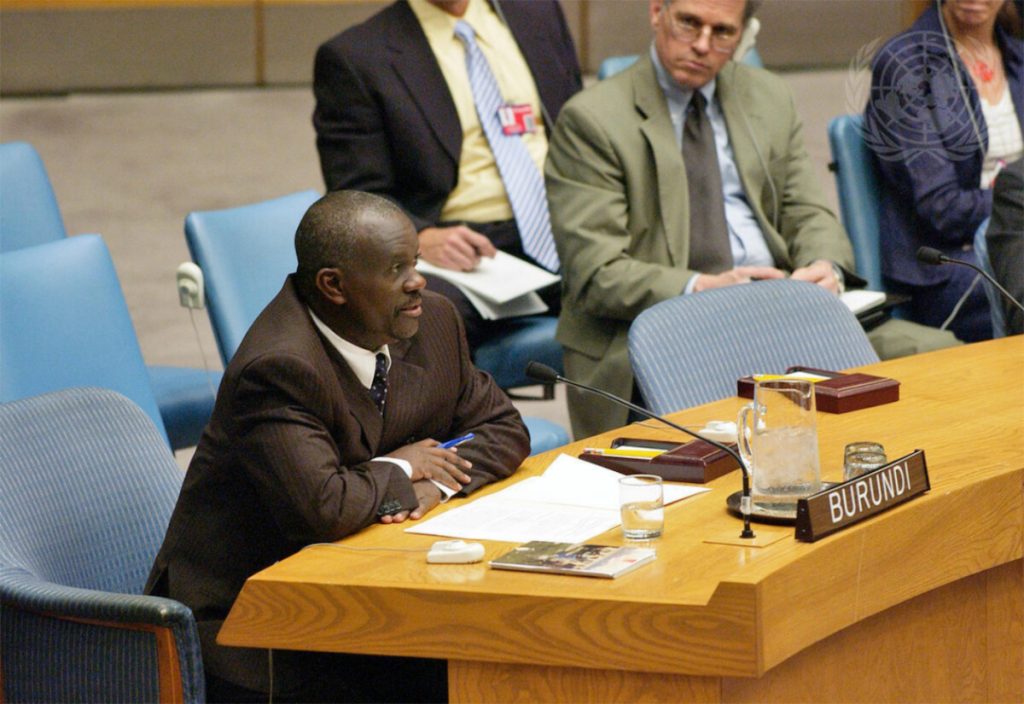
Burundi has gone through many cycles of ethnocentric violence which have left many people dead and others wounded physically and psychosocially. Two decades before the genocide in Rwanda in 1994, the people of Burundi experienced an unprecedented event. From April 29th, 1972 until the end of July of the same year and early months of 1973, some officials in the Michel Micombero Government coordinated the systematic massacre of its citizens with impunity and little public outcry under the guise of a repression of extremist rebel movements from the south of Burundi.3Sylvestre Ntibantunganya(2021) Genocide against Bahutu in Burundi : Burundi Senate- Fourth Conference on Public Testimonies and Reflections on 1972 events. Available at: (Accessed 17 Octobre 2023), translated by Isidore Nsengiyumva. (00: 37: 54-02: 09: 020). Most victims were Hutu from elite groups, businessmen, and moderate Tutsi who were ‘cleansed’ through methodical acts of violence and their bodies disposed of in mass graves by killing squads comprising members of the army, gendarmerie and youth militia affiliated with the ruling party. These massacres led to further subsequent tragic events that would shape Burundian history and severely affect the security of the entire African Great Lakes region. Findings and testimonies by survivors during documented work by the NTRC indicate that identity and power politics played a vital role in the recurrent conflicts in post-independent Burundi.
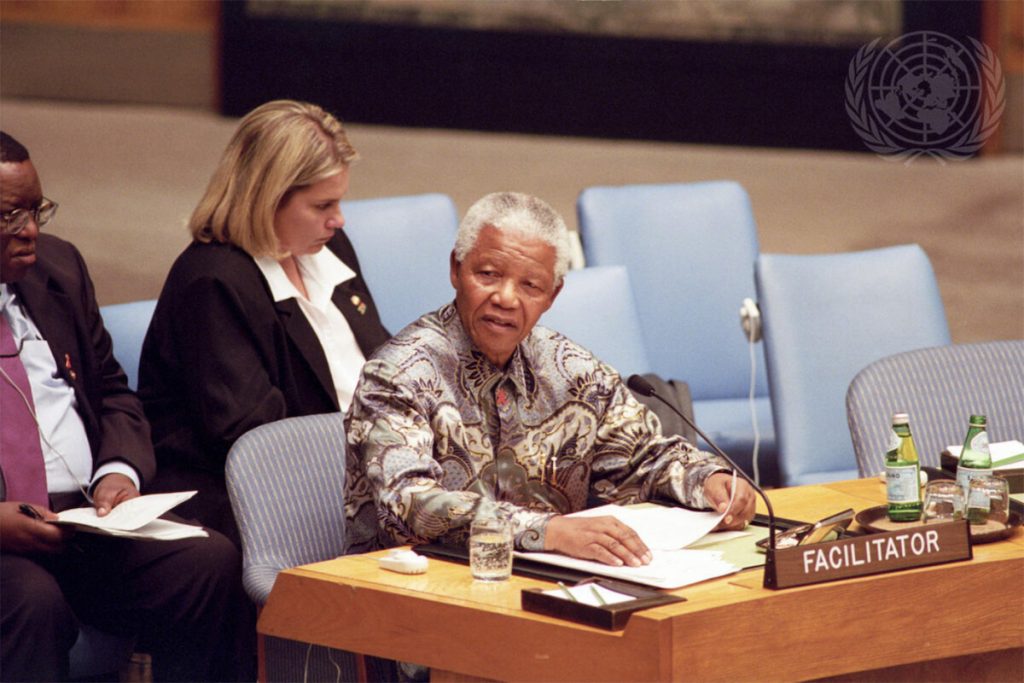
Today, key determinants of peace in post-conflict Burundi that also formed the basis of strenuous negotiations in Arusha are the ethnic quota system, power sharing, security sector reform, and transitional justice. In 2000, the Arusha Peace and Reconciliation Agreement4University of Antwerp (n.d.) ‘Peace agreements’, Available at: (Accessed 14 August 2023). charted a new path for reconciliation and political cohabitation of the three ethnic groups, namely Hutu (representing roughly 85% of the population), Tutsi (a minority of approximately 14%), and Twa people (around 1%). Provisions of the peace deal allowed for 40/60 participation in politics for Tutsi and Hutu respectively, while representation in the military, intelligence and security branches was split in half. Twenty-three years since the signing of the Arusha Peace Accords, it is still not clear whether the quota governing system will continue or be removed altogether to give way to a meritocracy rule.
Contributions of the national TRC
For survivors of traumatic events such as the 1972 massacre in Burundi, excavating memories and digging through over 40 years of forced silence and state-mandated amnesia is not an easy process. Recollection of events is further made difficult because while the current discourse encourages openness and recounting the horrors of 1972, it is contrary to the prescribed silence in the immediate aftermath of the traumatic events. Survivors and their families were forbidden from mourning their assassinated loved ones and never to ask about justice or mention anything about 1972, lest they suffer the same fate as the disappeared family members. Citizen participation and public discourse within Burundi and Burundian communities in the diaspora are two major approaches being used to uncover the truth about what transpired in Burundi in 1972 and the years prior – breaking the cycle of silence around victimhood and survivorship.5Andrea, Purdekova (2017) ‘Displacements of Memory: Struggles against the Erosion and Dislocation of the Material Record of Violence in Burundi’, International Journal of Transitional Justice, 11, 339–358.
While small conflicts may have existed within communities and with neighbouring kingdoms, drivers of the conflicts in ancient Burundi were less about identity and predominantly fought over territory and resources. Hutu, Tutsi, and Twa communities lived in peace and harmony under the rule of a king or Mwami and his governors, who were also princes. The king represented an incontestable symbol of power and authority uniting all Burundians in their diversity and this traditional authority was abolished with the introduction of a republic. The monarchy began to lose its power and control with the arrival of missionaries and subsequent European colonisers. Colonialism took away the policy tools and institutions that traditionally consolidated peace and social cohesion among Burundians. On a broader scale, colonisation cemented differences among identity groups in Africa that have continued to haunt the continent to date.
Despite gaining independence from Belgium in 1962, the famed ‘winds of change’ that were hoped to characterise post-independence Burundi were marred by power struggles and divisionary politics under a four-decade minority Tutsi rule. During the first Republic, the government of late President Micombero and his senior officials in the War Council committed human rights violations, including acts of selective genocide against Hutu between 1972 and 1973.6Palmer, Jack (2018) Entanglements of Modernity, Colonialism and Genocide: Burundi and Rwanda in Historical-Sociological Perspective. New York: Taylor & Francis, pp. 135–162. The events of 1972 have been recently qualified as a genocide by the Burundi Senate and several public announcements by the NTRC in 1972 hence use the term ‘genocide’.
The discovery of mass gravesites dating back to the killings of 1972 by members of the NTRC has sparked national outrage and a need for public conversations to uncover and shed light on the tragic and hurtful past. From 2018 to 2020, the NTRC conducted hearings across the country of eyewitnesses, perpetrators, and survivors of the human rights violations in 1972. Under the guise of responding to a rising insurgency in the South-Eastern part of the country, state agents and paramilitary actors systematically massacred over 150 000 people, dumping their bodies in mass gravesites. The Commission pursued its work throughout 2021 and 2022 and public discourse and investigations across Burundi are still ongoing.
Survivors and their families have suffered many injustices that need to be addressed. Survivors lost their lands and were stripped of their valuable belongings. The Burundi NTRC has recently published hidden records of seized vehicles and other property during 1972. During the public hearings in 2021 organised by the NTRC, some survivors recounted how their homes were looted.
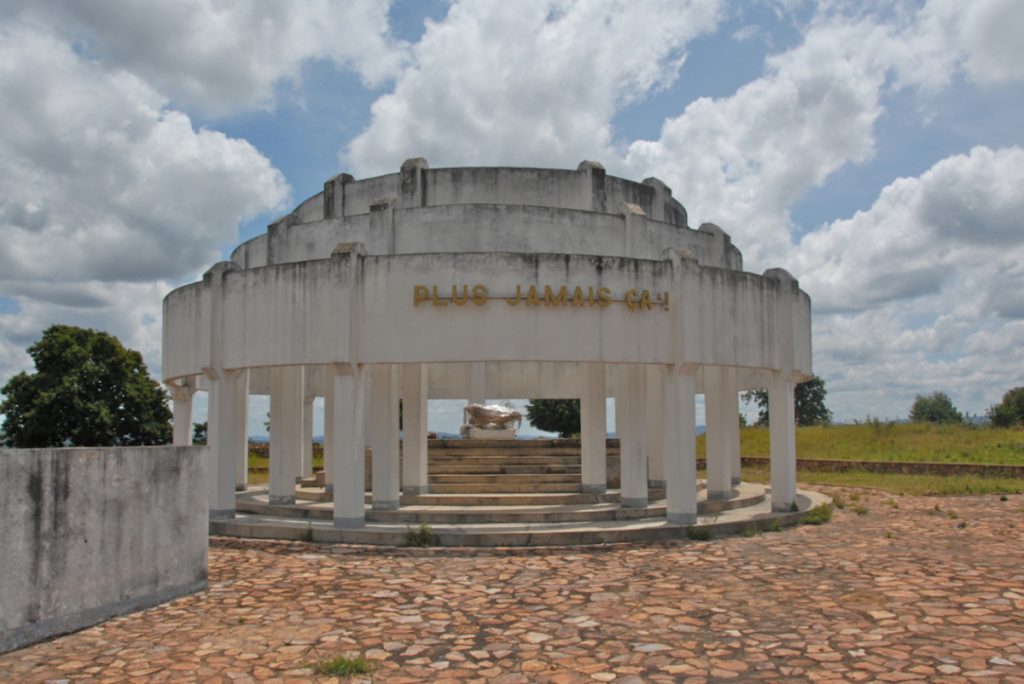
The process has also assisted in shedding light on those mostly Tutsi individuals who refrained from participating in the killings of persecuted Hutu and who state: ‘Ntihica ubwoko hica abantu’ (which literally translates to ‘Only bad people kill, not ethnicity’). The heroic acts by rescuers in 1972 reveal the depth and capacity of people for compassion and empathy during atrocities. Amid the 1972 killings, the NTRC has so far identified around 11 000 rescuers who consistently saved persecuted Hutu. Rescuers comprised Tutsi and other foreigners residing in Burundi at the time and their acts deserve public praise and can serve as models of strong character and human dignity for others to emulate. However, some rescuers saved certain individuals and killed or participated in killing others.
In the wake of national tragedies, as was the case in 1972, there is a collective feeling of loss that could unify all Burundians if well-channelled and propel the country to make significant strides for societal change. Findings on the events in 1972 point to Hutu and Tutsi victims, albeit in differing proportions. There is, therefore, a need to form collective memory in the face of the shared loss.
However, erecting symbols of collective memory in Burundi like museums and monuments remains an area of contention.7Nsengiyumva, Prudent (2018) ‘The recent “Hutu Genocide” monument erected in Gitega was met with mixed views’, BBC News Gahuza, Available at: https://www.bbc.com/gahuza/amakuru-45739955 (Accessed 12 September 2023), translated by Isidore Nsengiyumva. Existing memory sites such as monuments were erected at a time when conflicting parties were still engaged in a war. Furthermore, these monuments do not fully capture all the cyclical violent conflicts that broke out in pre- and post-independence Burundi. While public memory spaces do not contribute directly to the prevention of mass atrocities, they play a vital role in acknowledging the harm that victims have experienced and educating the public about the past.
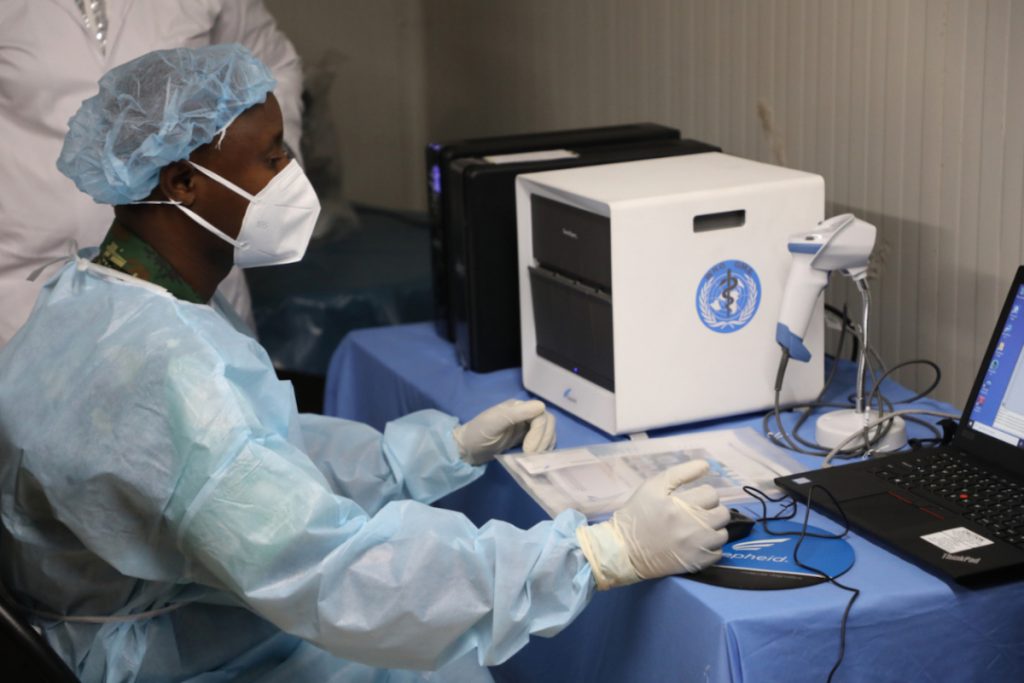
The ongoing efforts of the Burundi NTRC were temporarily hampered by the global coronavirus (COVID-19) pandemic. As a process requiring public gatherings, the COVID-19 pandemic significantly hampered the ongoing peace and reconciliation efforts of the NTRC. The Burundi NTRC officers positively responded to calls by the Ministry of Health to observe the social distancing mandate, sanitising practices, and wearing of face coverings. To allow distant participants to take part in the ongoing public discourse on the 1972 massacre in Burundi and further cope with COVID-19 constraints on global travel, open truth-telling sessions were made accessible via Zoom. However, with the low Internet penetration in Burundi, conducting public discourses online was only possible with a handful of individuals.
Despite observed challenges, the work being undertaken by the NTRC in Burundi, especially on the events of 1972-1973, holds great promise for reconciliation and transitional justice. The Burundi NTRC has revived a public discourse on the past and brought awareness on identity formation. Understanding identity formation in any given country and the country’s history is key to preventing or de-escalating conflicts. The Africa we have today is a product of millennia, a tale of triumph and struggles. To understand past, ongoing, and potential future conflicts, there is a need to recover the stories of our shared humanity and nationhood through our diverse identity makeup.
The role of youths and civil society organisations
Reconciliation in post-conflict societies tend to favour state-led peace processes to aid conflict-affected individuals and communities in healing, developing a shared understanding of the past, and forging an interdependent future together, but leaving little room for the involvement of youths and other actors from civil society organisations (CSOs). One of the requirements of being selected as a member of the NTRC in Burundi is to have reached at least 35 years of age. That requirement alone leaves out a large segment of the Burundi population comprising youths (18-35 years) who stand to inherit the dividends of the ongoing peace and reconciliation processes. Significant efforts to involve everyone need to be made that go beyond ‘tokenised’ invitations to press conferences and organised public discussions.
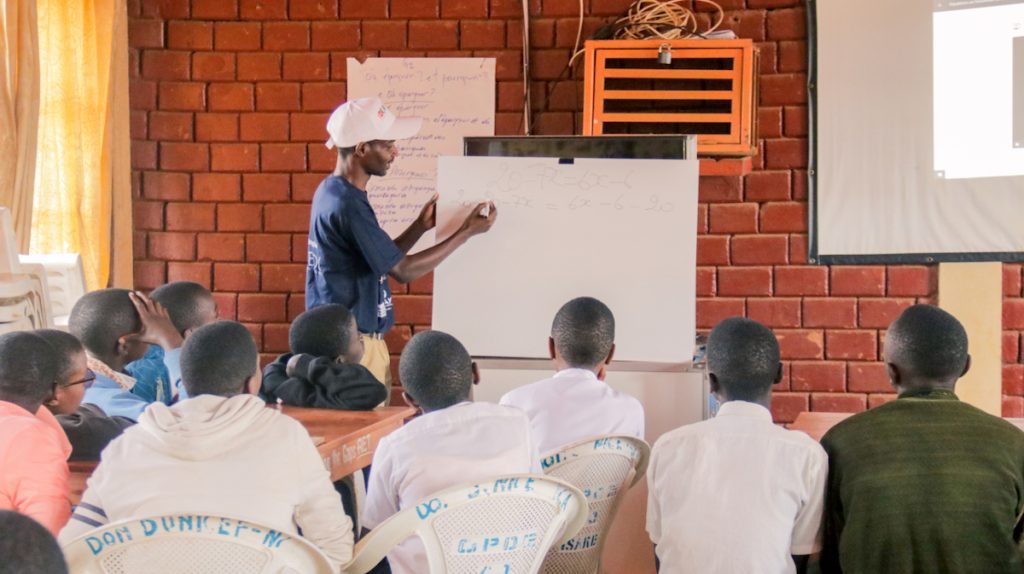
While not all youths and CSOs may be associated directly with the ongoing peace and reconciliation processes in post-conflict Burundi, some are greatly contributing to lasting peace, for instance in the roles of insider mediators and peacebuilders. Insider mediators are peacebuilders who willingly devote their empathic energies, skills, and knowledge to help their communities heal from the wounds of a painful past. Despite the heavy toll on their mental health and emotional wellness, insider mediators and peacebuilders serve as vehicles to propel individuals and communities alike in the wake of atrocity events. The existence of insider mediators in a post-atrocity community offers a mechanism of resilience that can be leveraged to offer healing and some form of understanding to survivors.
Insider peacebuilders hold several roles within their communities, ranging from religious leaders to women, tribal leaders, and youths who can utilise their trust and connection within communities to bring people together after conflict or violence.8Hannah Adamson (2020) ‘Insider Understandings of Reconciliation’, CNXUS, Available at: https://cnxus.org/resource/insider-understandings-of-reconciliation (Accessed 23 September 2023). Nonetheless, the efforts and potential of insider peacebuilders are not being fully recognised and utilised. By helping others heal, insider peacebuilders in Burundi bear part of the brunt of past traumatic experiences and they also need mental and psychosocial support. Reconciliation in post-conflict Burundi can greatly benefit from the role of numerous insider mediators embedded within communities.
However, all existing insider peacebuilders ought to be registered, regularly trained and supported. Concrete actions towards providing that support include access to mental and psychosocial support, the creation of spaces for insider reconcilers, and resilience-oriented healing for individuals or groups suffering from trauma, depression and anxiety because of the killings of 1972 or other prior or subsequent traumatic events in the history of Burundi. Admittedly, the Burundi NTRC has a clear mandate to deliver. The gap that will be created at the end of the NTRC mandate can potentially be filled by insider reconcilers and mediators.
The Burundi NTRC needs to establish working relationships with non-government organisations (NGOs) and individual insider mediators and peacebuilders (many of whom are youths) working towards lasting peace and reconciliation. Opening a public discourse on the past and public memory on atrocities related to 1972 is a step forward on the way to healing. Sharing of ideas and testimonies on the violent past of Burundi needs to be encouraged and all stakeholders in this important task should be involved. Thus, there is a partnership role9Cenap and Interpeace (n.d.) ‘Insider mediators assist families in resolving coffee land disputes in Rutana’, Available at: https://www.interpeace.org/resource/insider-mediators-assist-families-in-resolving-coffee-land-disputes-in-rutana (Accessed 15 September 2023). for CSOs and youths to play in providing psychosocial and mental health support to local insider mediators. The ongoing reconciliation mechanisms stand to gain when local insider peacebuilders are empowered and supported in their endeavours to reconcile survivors and perpetrators of violence in Burundi. This area also calls for further research to investigate the impact of the efforts of youths and insider mediators in Burundi.
Conclusion
Lasting peace and reconciliation in a post-conflict society can begin to emerge when there is an understanding of the dynamics that contributed to the conflict, and one way to do so is through truth-telling and the creation of a public memory, reconciliation, and delivery of justice to survivors. Between 2018 and 2022, the Burundi NTRC uncovered thousands of mass gravesites and opened a public discourse on political violence in Burundi dating back to the pre- and post-colonial period.
Isidore Nsengiyumva is an independent researcher on violent extremism, fragility, transitional justice, and mass atrocity prevention. He holds a master’s degree in Conflict Analysis and Resolution from George Mason University, previously interned at the Fund for Peace, and was a 2021 Charles E. Scheidt Fellow for Mass Atrocity and Genocide Prevention at Jimmy and Rosalyn Carter School for Peace and Conflict Resolution in the United States.

